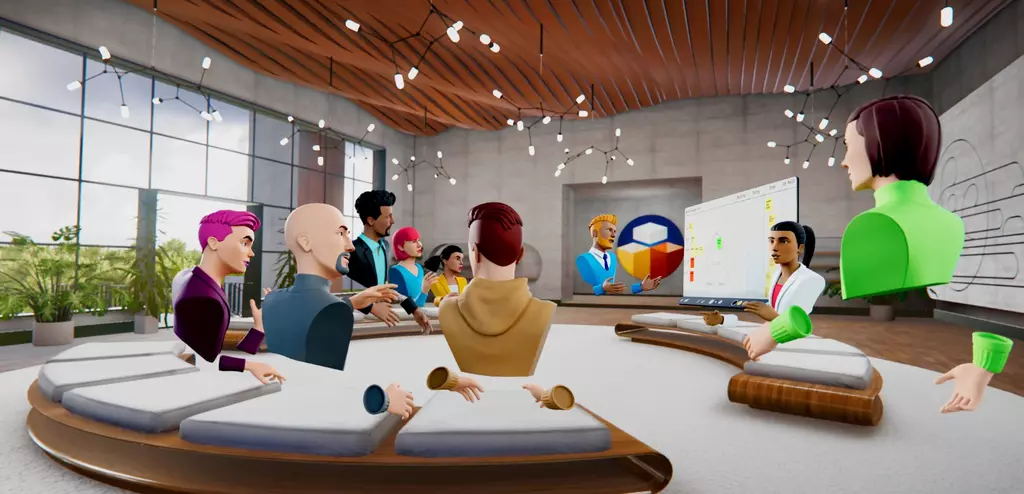Why should leaders care about Virtual Reality (VR)?
Posted on March 26, 2023 3 minutes 520 words
Table of contents
Virtual reality (VR) has quickly evolved from being a mere gaming and entertainment tool to a transformative technology that is disrupting multiple industries. With its potential to revolutionize the way we work, communicate, and learn, it’s essential for leaders to stay informed about VR and its potential applications. In this blog post, we’ll explore six compelling reasons why leaders should care about virtual reality and how it can benefit their organizations.
Enhancing Training and Development
Virtual reality provides an immersive and engaging training environment, allowing employees to gain hands-on experience in a safe and controlled setting. For instance, healthcare professionals can practice complex surgical procedures using VR, while aviation professionals can perfect their flying skills without ever leaving the ground. By adopting VR for training purposes, leaders can reduce risks, cut costs, and improve overall workforce competence.
Improved Collaboration and Communication
In today’s globalized world, teams are often dispersed across different locations. VR technology can bridge the gap by enabling immersive meetings and presentations that foster better communication and collaboration. Platforms like Spatial and MeetinVR allow team members to interact in a virtual space, making remote work feel more connected and engaged.

Empathy and Perspective Taking
Effective leadership requires understanding the experiences and challenges faced by team members, customers, and communities. VR can foster empathy by providing immersive experiences that allow leaders to walk in the shoes of others. For example, “A Mile in My Shoes” is a VR project that showcases the lives of refugees, helping viewers gain a deeper understanding of their experiences.
Marketing and Brand Experiences
Virtual reality can create memorable and immersive marketing experiences that leave a lasting impression on customers. By developing virtual showrooms, product demonstrations, and interactive storytelling, leaders can drive customer engagement and boost sales. For instance, IKEA’s VR app allows customers to design their dream kitchens and see the results in real-time, making the shopping experience more interactive and personalized.
Solving Complex Problems
Leaders can leverage VR technology to solve complex problems through new perspectives and immersive data visualization. By exploring large datasets and visualizing information in 3D, leaders can better understand trends and patterns, leading to more informed decision-making. Companies like Virtualitics provide immersive data visualization solutions that can aid in such analysis.
Preparing for the Future of Work
Staying informed about emerging technologies like VR is crucial for leaders to stay ahead of the competition and better prepare their organizations for the future. As VR technology continues to evolve, it may change the way we work, with implications for employee well-being, productivity, and workplace design. Leaders must consider these potential changes and adapt their strategies accordingly.
Conclusion
irtual reality is more than just a novel technology; it has the potential to transform organizations and the way we work. By exploring the possibilities of VR and integrating it into their operations, leaders can unlock its full potential and ensure a competitive edge in today’s rapidly evolving business landscape. Don’t miss out on the opportunity to harness the power of VR for your organization—embrace the change and reap the rewards.








